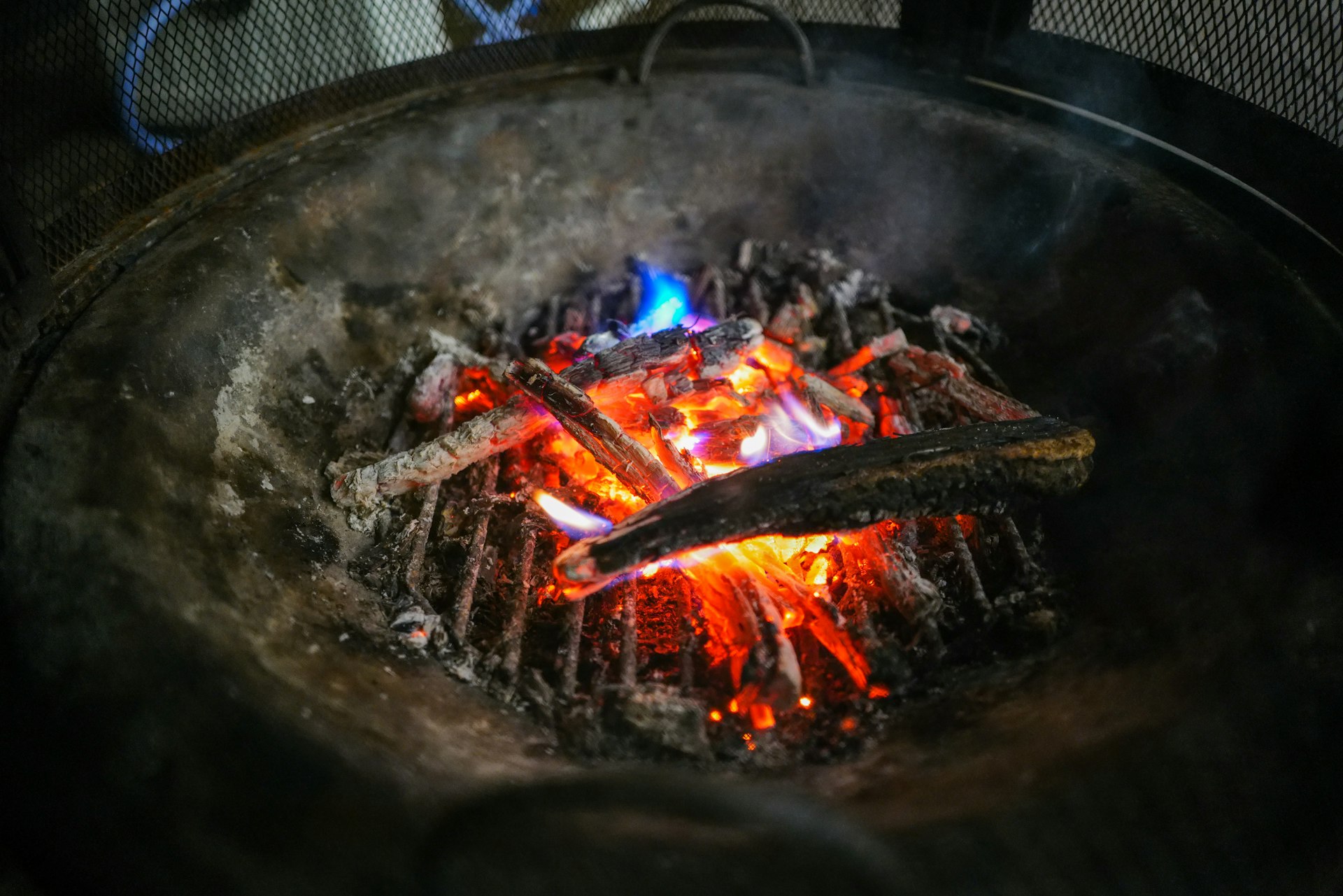In a small, smoky kitchen in rural Malawi, 12-year-old Rabecca tends to a pot of beans bubbling over a wood-fired stove. Her mother coughs in the corner, another morning of inhaling thick black smoke. For millions of African families, this scene isn’t unusual. It’s daily life.

But a new report from the International Energy Agency (IEA) is asking a provocative question: What if we could flip the script? What if African kitchens, like Rabecca’s, became spaces of health, dignity, and opportunity?
The answer? It might just lie in a fuel that’s already here—LPG (liquefied petroleum gas).
The Real Emergency Isn't the Flames. It's the Smoke
According to the IEA, over 900 million people in sub-Saharan Africa still cook with wood, charcoal, or waste. These traditional fuels, though cheap, are deadly. Every year, indoor air pollution claims more African lives than malaria, and the burden falls hardest on women and girls like Rabecca.
“Clean cooking isn’t a luxury,” the report argues, “it’s a frontline climate, health, and gender issue.”
The Clean Solution Hiding in Plain Sight
The IEA calls LPG the most viable solution in the short term. Why? It’s already widely available, quick to scale, and doesn't require big behavior changes. Countries like Ghana and Kenya are showing what’s possible with strong political commitment.
What’s more startling is this: solving clean cooking for the entire continent would cost just $37 billion by 2040. That’s less than 1% of what the world spends annually on fossil fuels.
So Why Aren’t We There Yet?
IEA’s report doesn’t shy away from the hard truths:
- LPG infrastructure is weak: Many African countries still import their gas and lack the cylinders, storage, and safe distribution to make it accessible.
- Clean cooking strategies are underfunded: Only ⅓ of African nations have funded policies in place.
- High upfront costs deter households, even where fuel is available.
As the IEA bluntly puts it, “Without bold action, clean cooking access in Africa won’t improve by 2030—it will get worse.”
The Game Plan
But change is possible and already happening. In Nigeria, smart financing models like “Pay-As-You-Cook” are helping low-income households adopt LPG stoves without breaking the bank. In Kenya, local businesses are stepping up as mini-distributors, connecting urban slums and remote villages to clean fuel.
At the recent Clean Cooking Summit by AFDB, world leaders pledged over $2.2 billion toward this cause. And as South Africa prepares to take over the G20 presidency, the issue is gaining diplomatic momentum.
“It’s Not Just About Cooking. It’s About Power.”
Clean cooking is more than fire and fuel; it’s about who controls time, health, and opportunity.
Imagine what could happen if girls like Rabecca didn’t have to gather firewood for hours each day. If mothers didn’t have to choose between dinner and their lungs. If cooking wasn’t a cause of death.
It’s about energy justice. About giving every African household—rural or urban—a seat at the modern energy table.
What Comes Next?
The IEA outlines a three-part recipe for clean cooking success:
- Infrastructure Investment: Build local storage, cylinders, and safe delivery systems
- Policy & Subsidies: Fund national plans and make stoves affordable
- Entrepreneurial Energy: Empower African innovators to drive homegrown solutions
Rabecca Deserves More Than Smoke
Back in that Malawian kitchen, Rabecca lifts the lid off the pot and steps back, coughing.
She doesn’t know about policy frameworks or infrastructure bottlenecks. But she knows what she breathes. What she sees. What hurts.
And she deserves better.
So does every African child. So does every mother. The fire is already burning—now we need to make it clean.
You can download the report here